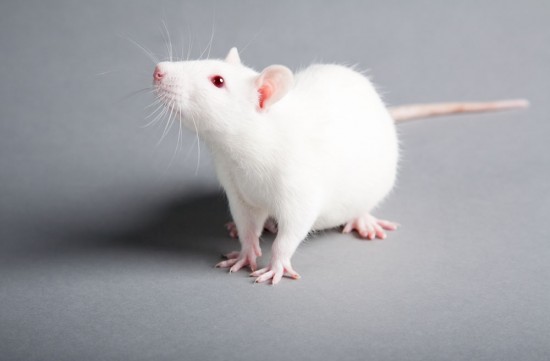
Most people first notice that their dog is allergic to something via digestive upset or a dermatological reaction. These dog skin allergies can be as obvious as clumps of hair falling out, or as moderate as slightly increasing scratching.
A skin ailment on your dog is a clue to take him or her to the vet. Because some of these problems are related to problems that you cannot solve without medical expertise and treatment, your dog will need to be examined by a vet. A diagnosis of allergies is usually made after ruling out other problems, and then you can start home treatments (along with any your vet prescribes).
Problems on the skin do not necessarily come from outside the dog. Allergic reactions to foods often manifest on the outside of the body, though some allergens are topical, such as fleas or rubbing against something that creates an allergic reaction. Food and pests such as fleas are by far the most common sources of canine allergic reactions, though.
Removing potential allergens from your dog's diet and environment is usually the first step in both treating him or her and figuring out what he's allergic to. If the problem resolves itself when common allergens are removed from the dog's life, then you can start reintroducing them one or two at a time, in order to figure out which ones elicit a reaction. Changing to a low-allergen dog food is especially important during the removal phase, because many regular foods contain wheat or other grains that are common allergens in both dogs and people.
In terms of the environment, removing fleas is important, because many dogs are allergic to flea bites. If the dog is not already being treated with a flea preventative, he or she should be started on one. And the home should be treated for fleas if this problem is suspected, because most dog treatments only prevent fleas from reproducing on them, not biting them a few times. Infestations are effectively prohibited this way, but those few bites can be enough to cause allergic reactions.
Air particulates such as dust and mites can elicit allergic reactions in some dogs. While usually this reaction is respiratory, it is worth eliminating them as much as possible from the environment of an allergic dog to see if they are the problem. Air purifiers are good, if you have or are willing to buy one, but cleaning is essential. This should include vacuuming and dusting with a dust-trapping cloth, at the very least.
Some dogs are allergic to things that it isn't possible to remove sufficiently from their environments. Allergy medications can be prescribed by your veterinarian if this is the case for your dog. But avoiding the allergen is the best treatment, so going through your dog's routine, everything he or she eats and is exposed to, and eliminating whatever potential sources of allergens there might be is the best option.
Dog skin allergies are similar to human conditions of the same type, and are just as painful and itchy. If your vet gives you creams, bathing instructions, or medications to treat your dog's discomfort while you are attempting to figure out what allergen is causing the problem, remember to use them regularly, as instructed. Your dog will feel much better if you do.
I'm a pet health expert who specializes in dogs hot spots.
 How Can You Tell If Your Dog Respects You?
How Can You Tell
How Can You Tell If Your Dog Respects You?
How Can You Tell
 The Sphynx Cat - A Cat With No Coat
The Sphynx Cat -
The Sphynx Cat - A Cat With No Coat
The Sphynx Cat -
 8 Tips On How To Keep Your Cat Healthy Throughout Their Lives
8 Tips On How To
8 Tips On How To Keep Your Cat Healthy Throughout Their Lives
8 Tips On How To
 Tips To Improve The Quality Of Life For Your Pet Chickens
Tips To Improve T
Tips To Improve The Quality Of Life For Your Pet Chickens
Tips To Improve T
 5 Reasons Why Rats Make Lovely Pets
5 Reasons Why Rat
5 Reasons Why Rats Make Lovely Pets
5 Reasons Why Rat
Copyright © 2005-2016 Pet Information All Rights Reserved
Contact us: www162date@outlook.com